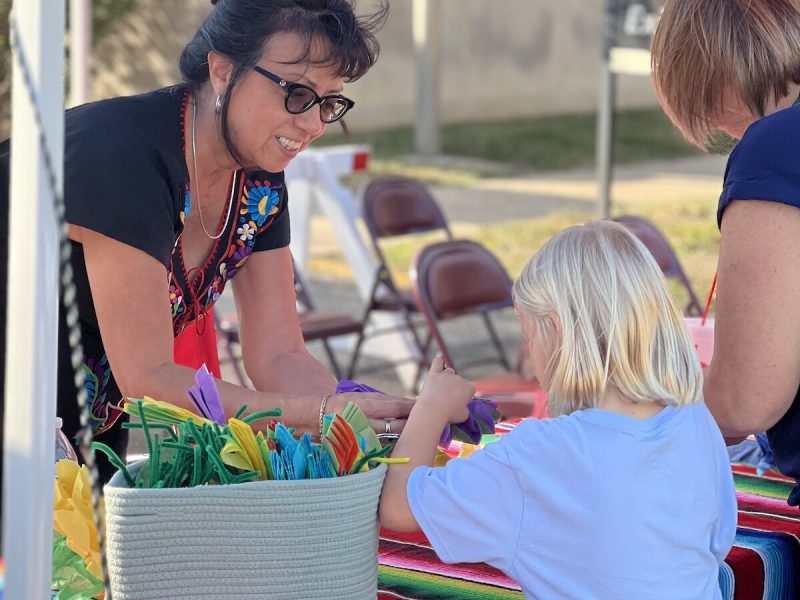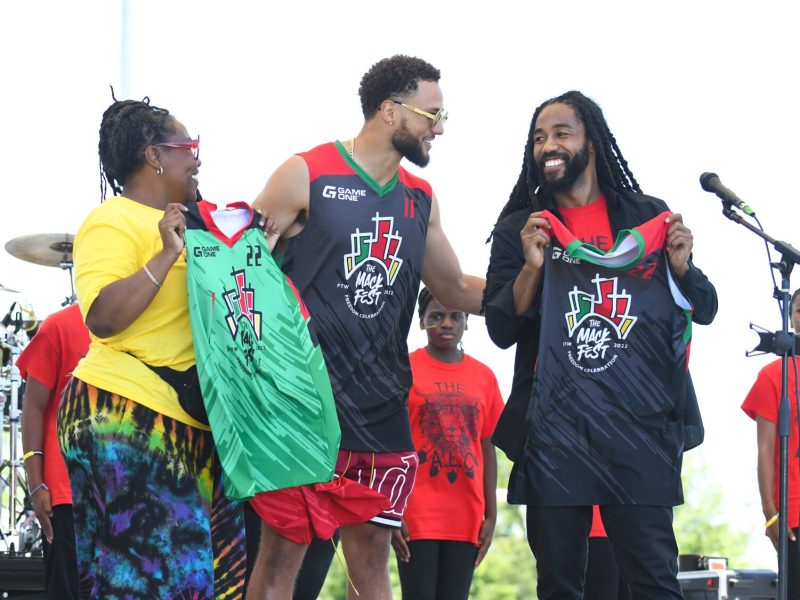Bridging the news gap in Fort Wayne: COVID-19 reveals the importance of cross-cultural communication
Getting timely, accurate information to non-English speaking residents in Fort Wayne is a critical need, complicated by a shape-shifting pandemic.
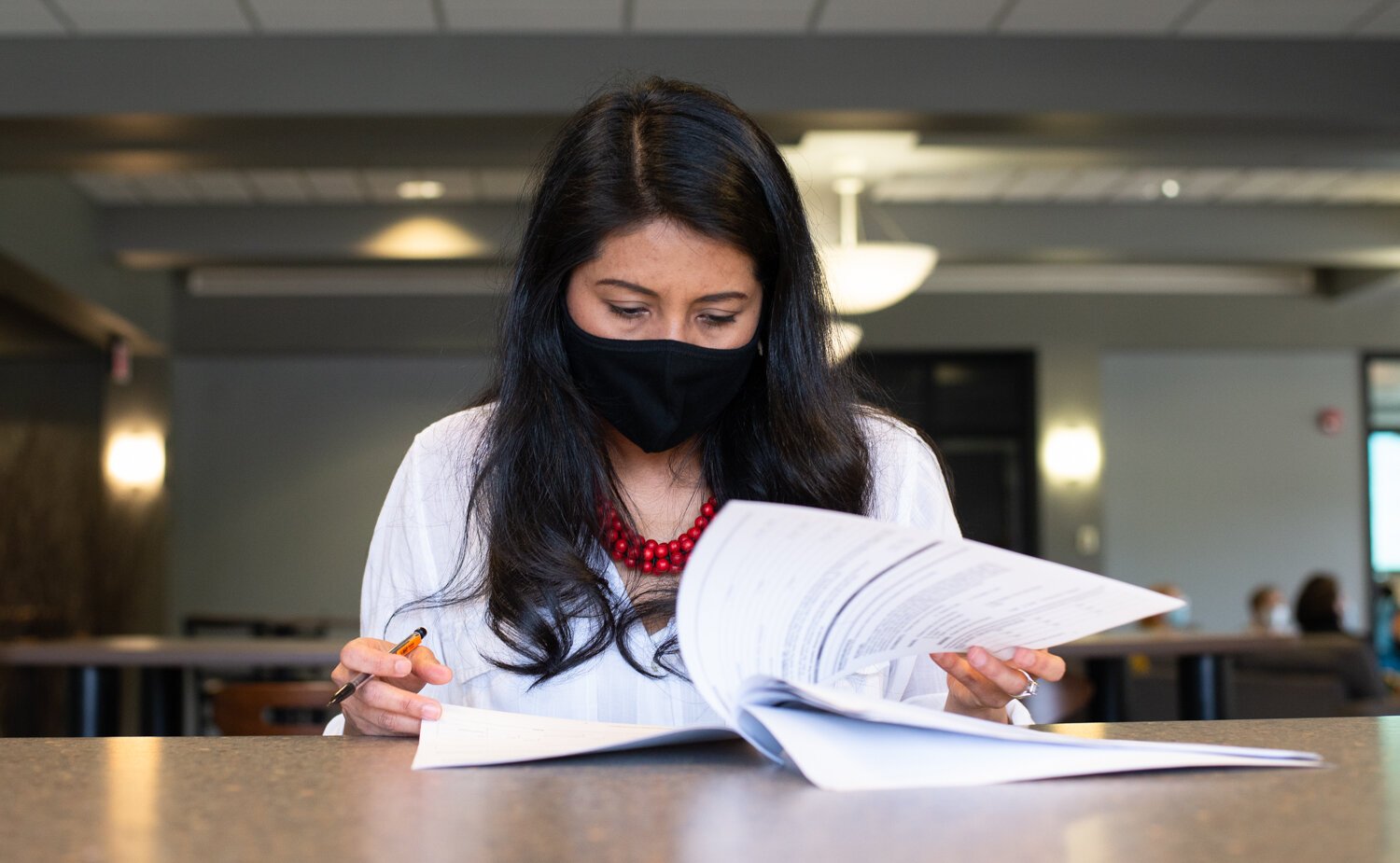
This story exploring how communities across the U.S. are evolving during the COVID-19 pandemic is made possible with funding from Google’s Journalism Emergency Relief Fund.
It’s been said that the COVID-19 pandemic hasn’t necessarily created new problems in communities. Instead, it has exacerbated preexisting issues and made them more apparent.
One issue that’s coming to light in Northeast Indiana is the language gap in news and information. For years, immigrants and refugees living in the Fort Wayne area have had limited or no access to local news in their native languages. It’s an issue that has long concerned Raquel Kline, Director of Language Services Network (LSN) in Fort Wayne.
“We knew this was happening before, and then COVID-19 hit, and a lot of organizations that didn’t have policies in place for language access or materials didn’t know what to do,” Kline says.
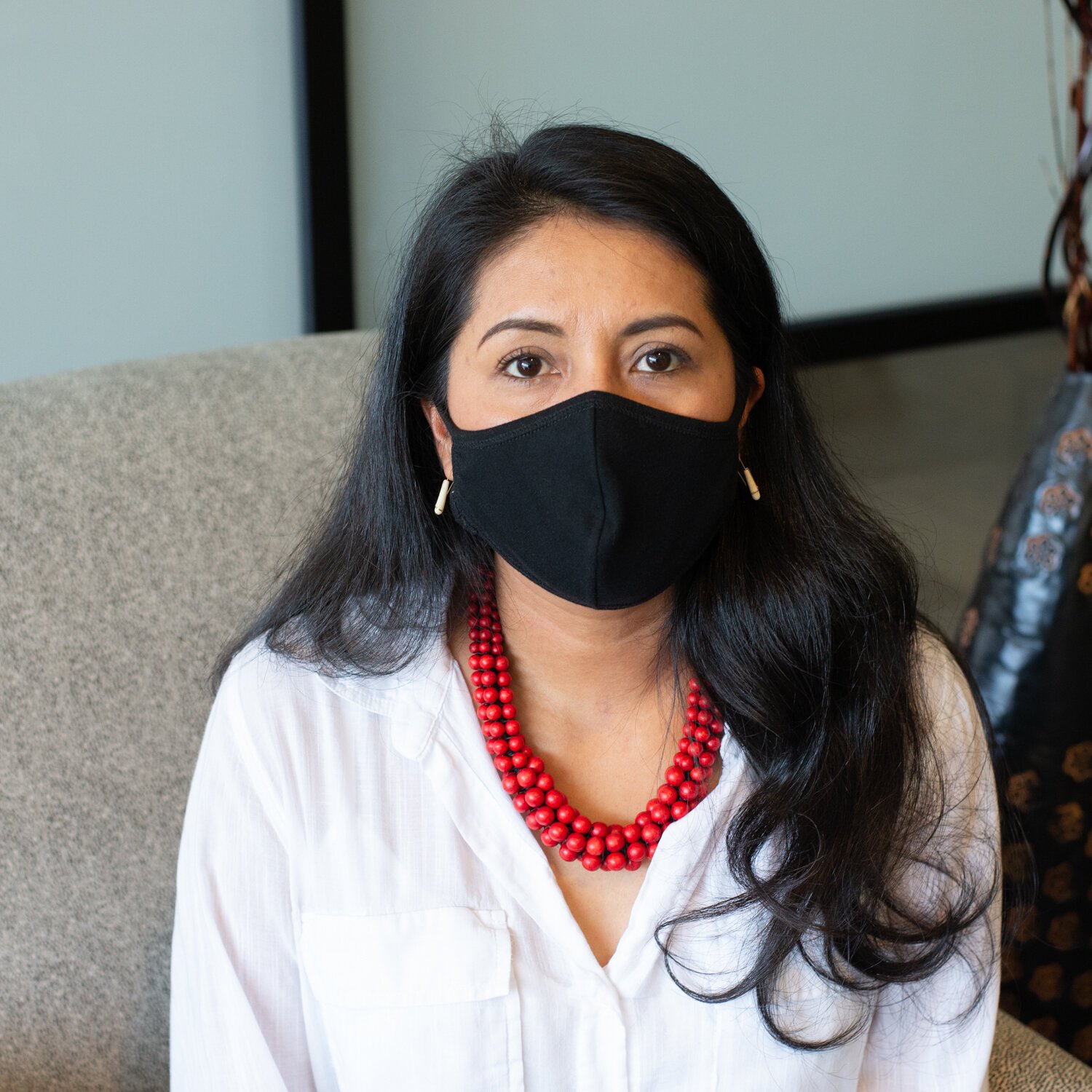
This means residents unable to understand local news in English at the outset of the pandemic were at a potentially higher risk of contracting and spreading the virus than their English-speaking counterparts due to a lack of information. They also faced less access to essential resources.
In June, the Journal Gazette reported that the two Allen County ZIP codes with the largest numbers of confirmed COVID-19 cases were Southeast Fort Wayne’s 46806 and 46816. These areas also have higher numbers of minority and non-English speaking residents than many other county ZIP codes. Kline’s data shows the majority of LSN’s clients live in the 46816 as well as the nearby 46807 and 46815.
Megan Hubartt, Director of Communications for the Allen County Department of Health, says the County does not break down demographics beyond Census race identifications, so there’s no specific data on how many Burmese residents or non-English speaking Hispanics and Latinos, for instance, have been affected by the virus.
Additionally, there’s a gap in the demographic collection where more than half of the county’s total cases are “race-unknown” due to the lag time in contact tracing efforts conducted by the State Department of Health.
Hubartt says the Allen County Department of Health has since localized contact tracing efforts to improve data collection during COVID-19. They’ve also been working to get critical information about the virus and safety procedures to non-English speaking populations as quickly as they can.
“This is not a new issue for us as far as hitting barriers in language and culture in public health,” she says. “So we started dealing with these issues early on, reaching out to folks on the ground in these communities and working directly with them, finding out what information they need, what’s helpful and what’s not.”
When it comes to getting critical information to diverse populations, the method of communication is key, Hubartt says. Her team has been utilizing social media to publicize health updates, and then working with partner organizations, like Catholic Charities of Fort Wayne-South Bend, who have existing relationships with immigrant and refugee groups to translate information on Facebook.
“People of all different cultures are on Facebook, so we’ve found that to be an effective way to share information,” Hubartt says.
Her team is also working closely with media leaders, like Fernando Zapari of El Mexicano News, a bilingual Spanish publication, to do Zoom video conferencing updates for Spanish speakers. In the future, Hubartt feels that video messaging will be an important tool for her team to utilize more often when giving health updates to non-English populations.
“Even though we’ve been able to get documents translated, being able to hear and see what we’re talking about has been helpful in communicating critical information to these populations,” Hubartt says.
These approaches to disseminating information in communities like the Burmese population, are a good start and could be key to reaching immigrant and refugee populations with important news in the future, says Amber Ramsey, a Burmese refugee and bilingual Burmese and Thai translator in Fort Wayne.
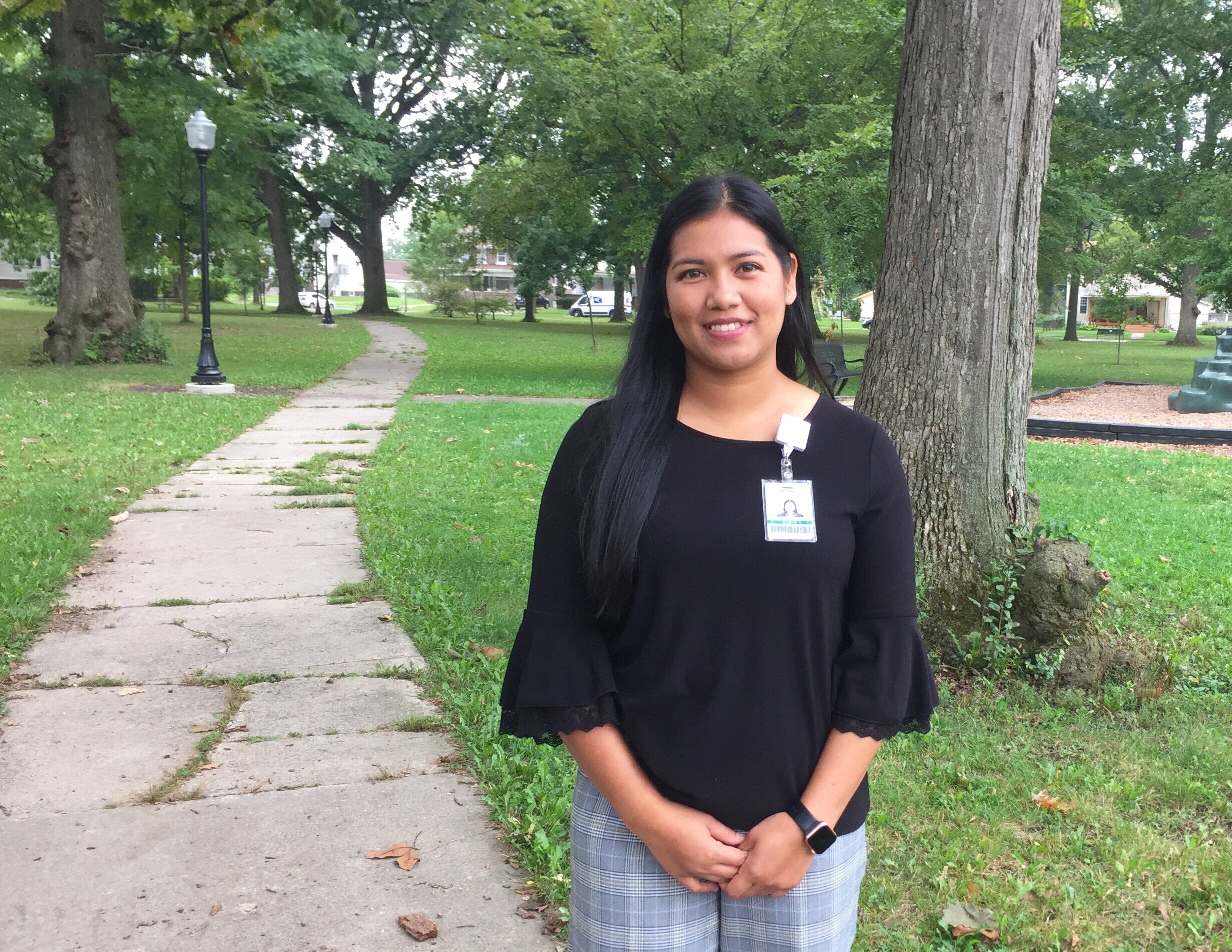
For instance, Ramsey sees potential in sharing updates via videos on social media.
“Video would be the best option for communicating with the Burmese community because reading will not work for everyone,” she says. “Having someone speaking in Burmese and presenting the news might be a way to connect. I know a lot of Burmese are using Facebook and getting their news there.”
Even so, Allen County, as a whole, still has a long way to go to reach diverse populations with critical news and information.
***
Fort Wayne is home to as many as 12,000 Burmese. Of those, 6,370 relocated to the city within the last 20 years, as a part of Catholic Charities of Fort Wayne-South Bend’s resettlement efforts. As a result, many Burmese still live on the Southeast side where they were originally placed, says Nyein Chan, the organization’s Director of Refugee, Immigration and Senior Job Development Services.
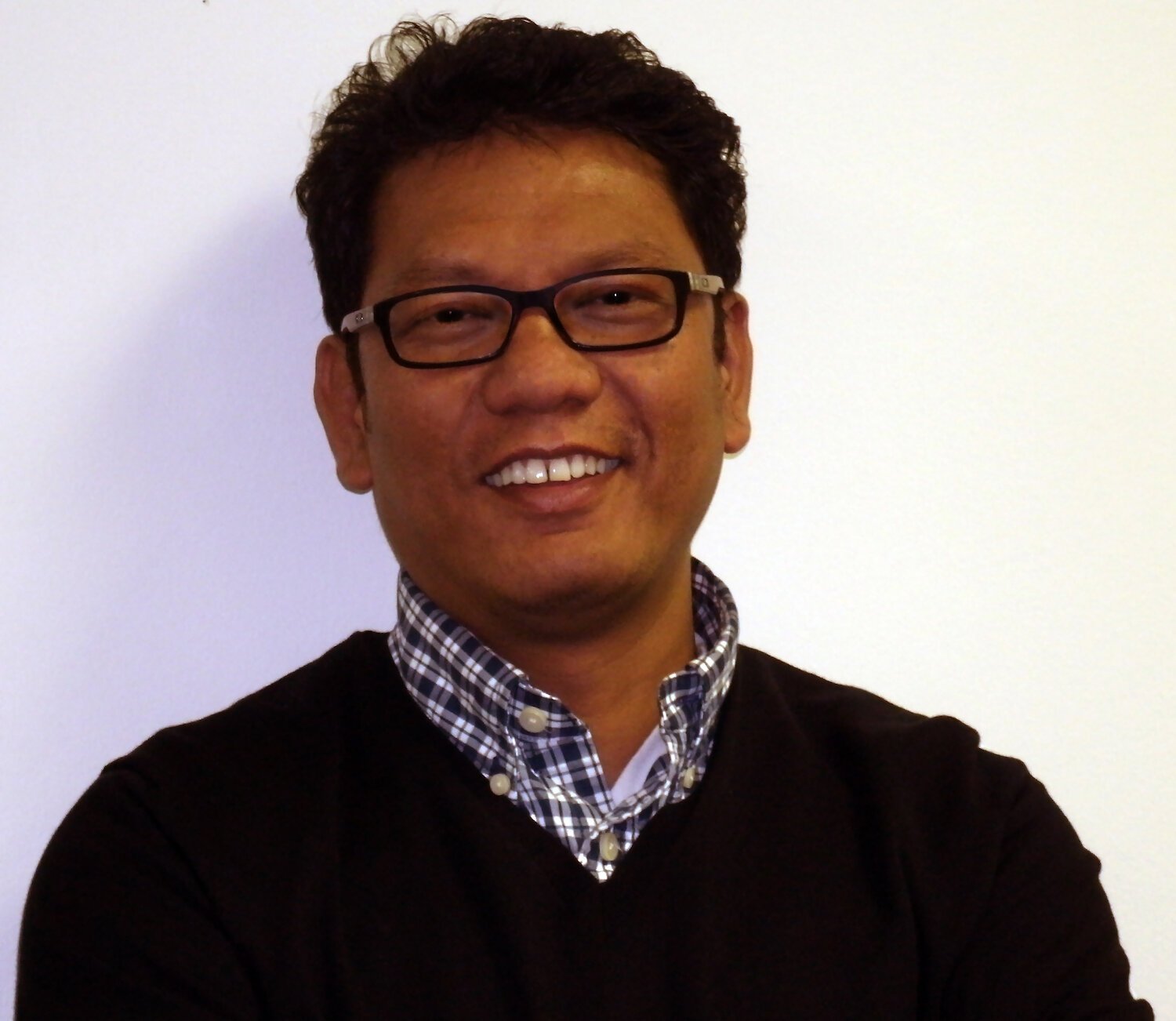
“Newly-arrived refugees want to live close to their families and friends,” Chan explains. “The Southeast side is already established as the Burmese community. That’s why Southeast side is growing more than others. For instance, Burmese Muslims like to stay in the Southeast area because they worship at a Burmese Muslim community center there. The Chin population likes to stay on the North side of town where they have established churches and community.”
It was the size and scope of the local Burmese and Spanish-speaking populations that convinced WBOI’s Program Director/Operations Manager Katy Anderson and her team to find ways to help bridge language gaps during the pandemic.
This spring WBOI applied to the Foellinger Foundation for a one-year COVID-19 relief grant to support the public radio station, and they included hiring Spanish and Burmese linguists from the LSN as part of their ask.
“With Fort Wayne having such a large Burmese population, we thought it was a good idea to make resources available to them in their language,” Andersons says.

The grant, in-part, underwrites the cost of Spanish and Burmese linguists from LSN to translate news and arts/cultural reports. Anderson says translators from LSN have been instructed to prioritize stories relating to health and safety during the pandemic. They’ve often translated pieces focusing on childcare, unemployment benefits, and the risk of certain summertime activities.
Even so, Anderson hopes that as the radio station’s partnership with LSN progresses, more general news will become available to non-English-speaking residents in Fort Wayne as a result of this crisis, too. She believes a community is only as strong as its most disadvantaged members, so ultimately, more effective and inclusive communication strategies from local news outlets benefit everyone.
“What the world needs now is people reaching out and trying to understand each other,” Anderson says. “I think providing information that’s pertinent to them and what’s going on in our current climate is really helpful to and beneficial to everyone.”
But while getting timely, accurate information to non-English speaking residents in Fort Wayne is a critical need, there are several complications to achieving this goal.
***
In the case of many Burmese cultural groups, literacy is the exception rather than the rule. Historically, Myanmar has had limited access to quality education services as well as weak school infrastructure and compulsory school requirements.
The opportunity to receive better schooling in the U.S. is one factor that encouraged Ramsey’s family to relocate to Fort Wayne when she was 18. But even though she can read Burmese today, she often chooses not to because it’s a complicated language, she says. She knows that for many of her friends and family from Burma, reading is not even an option because they were never taught.
As a result, the Burmese community in Northeast Indiana has long relied on word-of-mouth communication for their news, often from their workplaces, churches, or nearby families.
YinYin Moe, another Burmese translator and interpreter in Fort Wayne, says it’s not uncommon for neighbors and friends to come to her house for help with job applications and other tasks.
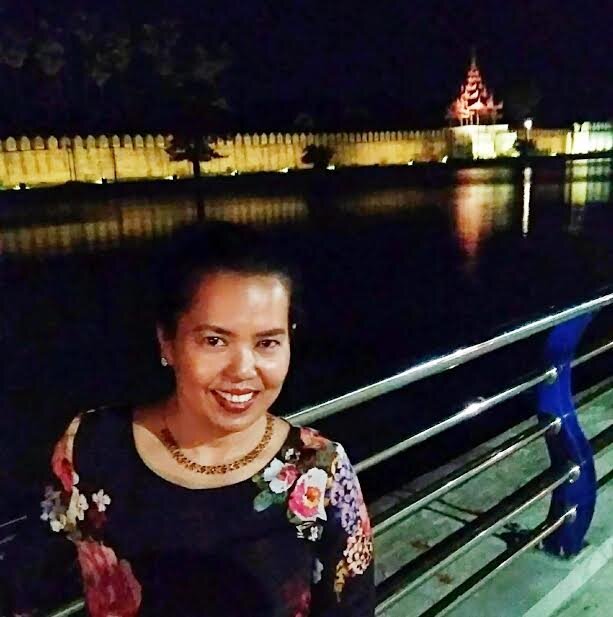
“They have a lot of difficulties accessing and understanding essential information,” she says.
These challenges have been further complicated by the shape-shifting COVID-19 pandemic, Ramsey adds.
“Many Burmese residents rely on people to spread the news, so by the time you hear it, you think, ‘It’s come from how many people already?’” she says. “They don’t know if something is true or not. A lot of people in the community are passing down information without verifying it.”
As a result of this game of telephone, Ramsey says many Burmese residents did not take the pandemic very seriously at the outset. Since the information was not clear, and it was changing faster than many English-speaking residents could keep up with, it made word-of-mouth communication very challenging for non-English speaking populations. She says many members of the Burmese community initially minimized the pandemic’s deadly effects because they didn’t personally know anyone who had the disease—or they didn’t think they did.
Ultimately, this perfect storm of challenges put Burmese residents at risk of contracting and spreading the virus and not knowing about access to resources like food banks.
“It started to get really bad a few weeks into the pandemic when there was the outbreak of COVID-19 that shut down the Tyson Fresh Meats plant in Logansport,” Ramsey says. “A lot of Burmese families work for Tyson, so a lot of the working spouses got the virus, and then it spread in the larger Burmese community. The families live very close together, and they go from house to house frequently, so that’s one way the virus spread.”
With the myriad of challenges facing the Burmese community in mind, Anderson says WBOI intends to pivot its approach this fall from providing online-only news resources to more of a conversation with non-English speaking residents in the region.
“We plan to have more of an open line of communication between churches and the Language Services Network,” she says. “This will allow us to not only get the word out about our coverage, but to help them inform our coverage, too. It will definitely be a two-way conversation, so we know what information will be helpful for them.”
***
Along with local news outlets adapting to serve non-English speaking residents, other outlets are providing bilingual crisis communication during COVID-19, including local employers, nonprofits, and programs that work directly with vulnerable populations.
Since 2017, Parkview Health has been using its four-year Safety PIN grant from the Indiana State Department of Health to hire community-based healthcare workers to help reduce the state’s Infant Mortality Rate. Ramsey works full-time as a Community Health Worker for Parkview in this capacity, where she meets with families of many backgrounds one-on-one from the time they become pregnant until one year after their baby is born.

When the COVID-19 pandemic began, Ramsey says she and her co-workers in the Safety PIN program became many immigrants’ and refugees’ most trusted news sources and lifelines amidst a rollercoaster ride of shutdowns, applying for unemployment, and finding scarce resources like food and diapers. But the need for consistent, ongoing communication with non-English speaking residents in Fort Wayne is far greater than any one organization’s capacity to meet.
Nevertheless, Ramsey’s lived experience as a refugee and her work with Parkview have both taught her what effective communication with Burmese residents should entail.
When it comes to getting information to people of different cultural backgrounds—particularly those who have been exploited in the past—it’s not merely a matter of the language gap, Ramsey says; it’s also a matter of trust.
“With their past experiences and the lifestyle they had in Burma and Thailand, they tend to live among their own ethnic group,” she says. “There has been a lot of ethnic cleansing in Burma, so the different ethnic groups have complex relationships and they don’t get along. They tend to stick with their own people. They’ve lived separated by ethnic groups in the past. So, when they come to the U.S., they adopt the way of life they used to live before. They tend to only trust their own people more than any other group. If someone speaks the same language, that makes them more comfortable, because it’s a signal that we know their culture.”
Along with the trust factor, there’s also the logistical complications of translating information into Burmese to consider. As Ramsey mentioned, many refugees come from conflicting cultural groups, which speak different languages, so while Burmese is one common language that most groups speak, it’s not necessarily their primary language, says Kline at Language Services Network.

LSN currently provides interpretation and translation services in 22 languages to area businesses and organizations, and Burmese-to-English is one of the language pairs they can accommodate. But Kline says they aren’t as well equipped as she’d like to be in catering to other languages spoken by refugees or immigrants from Burma—like Rohingya, Karen, and Kachin.
“Not having enough people who are professionally trained to provide the service can be challenging,” she says. “And with respect to translation and interpretation, you have to have people who are proficient in the two (respective) languages, which can be hard to find.”
Fortunately, Kline has some reliable Burmese translators she can tap for the WBOI partnership, which she notes is the first of its kind in Fort Wayne. Prior to this effort, there was no local news content readily available for consumption in Burmese.
Ramsey feels that if people in Fort Wayne wish to improve communication with the Burmese community, they should go through traditional channels of information that many Burmese residents currently use.
“They don’t go out to lot of places besides their worship places or work, so they’re not going to get involved in the community a lot,” she says. “But if you want to get information to them, going to their places of worship or work are effective ways to reach them.”
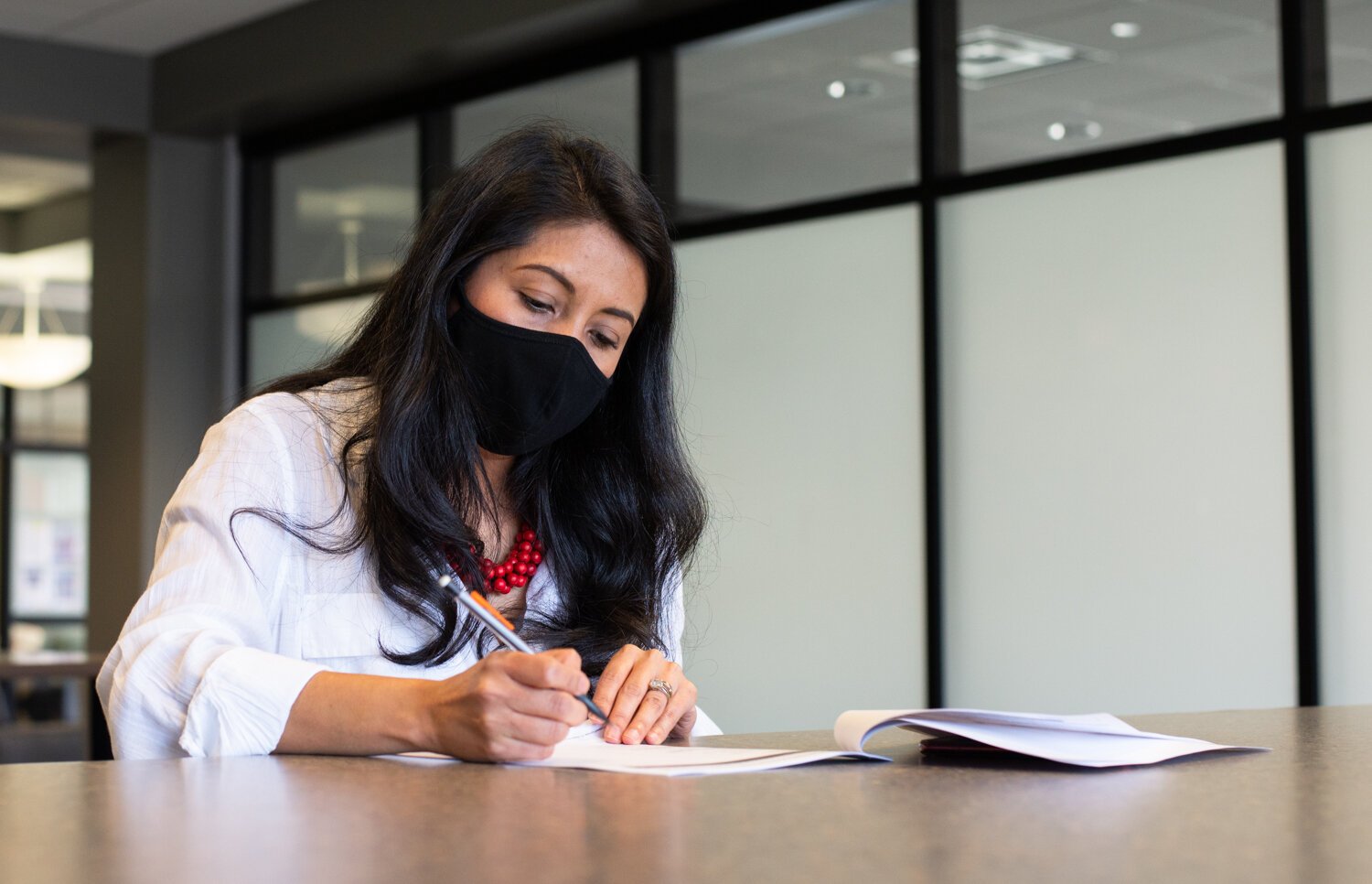
Ramsey sees gaps in the communication system that run deeper than access, too. While many Burmese don’t read or seek out local news, many of them do keep up with Burmese news, either following local residents on Facebook who are translators or following Burmese media.
Even so, the news these residents are often hearing about the U.S. in the Burmese media is not accurate, Ramsay says.
“It’s a lot of miscommunication,” she explains. “But families here who can’t understand the language often believe what they hear on the Burmese news.”
As a result, Ramsey often finds herself in the position of setting the record straight. She believes communication can improve between the U.S. and its Burmese residents; it’s just going to take time and adapting to each other’s cultures.
Anderson hopes WBOI can play a role in this work in the future.
“Through this pandemic, we’ve become so much more than a radio station,” she says. “There’s an opportunity to really use our platforms not just to serve like the people who have been listening all along, but just to serve our community as a whole.”
***
While the Burmese community has not had access to local news until 2020, a local Spanish-language publication in Fort Wayne has shown the power of what can happen when non-English speaking residents have a reliable form of local media.
Since 1994, the print publication El Mexicano News has been bridging a gap between English and Spanish speaking residents across Northeast Indiana. Its Founder, Editor, and Publisher Fernando Zapari says he feels a duty to inform and educate readers about their Hispanic and Latino culture, as well as current events in the regional community through El Mexicano.
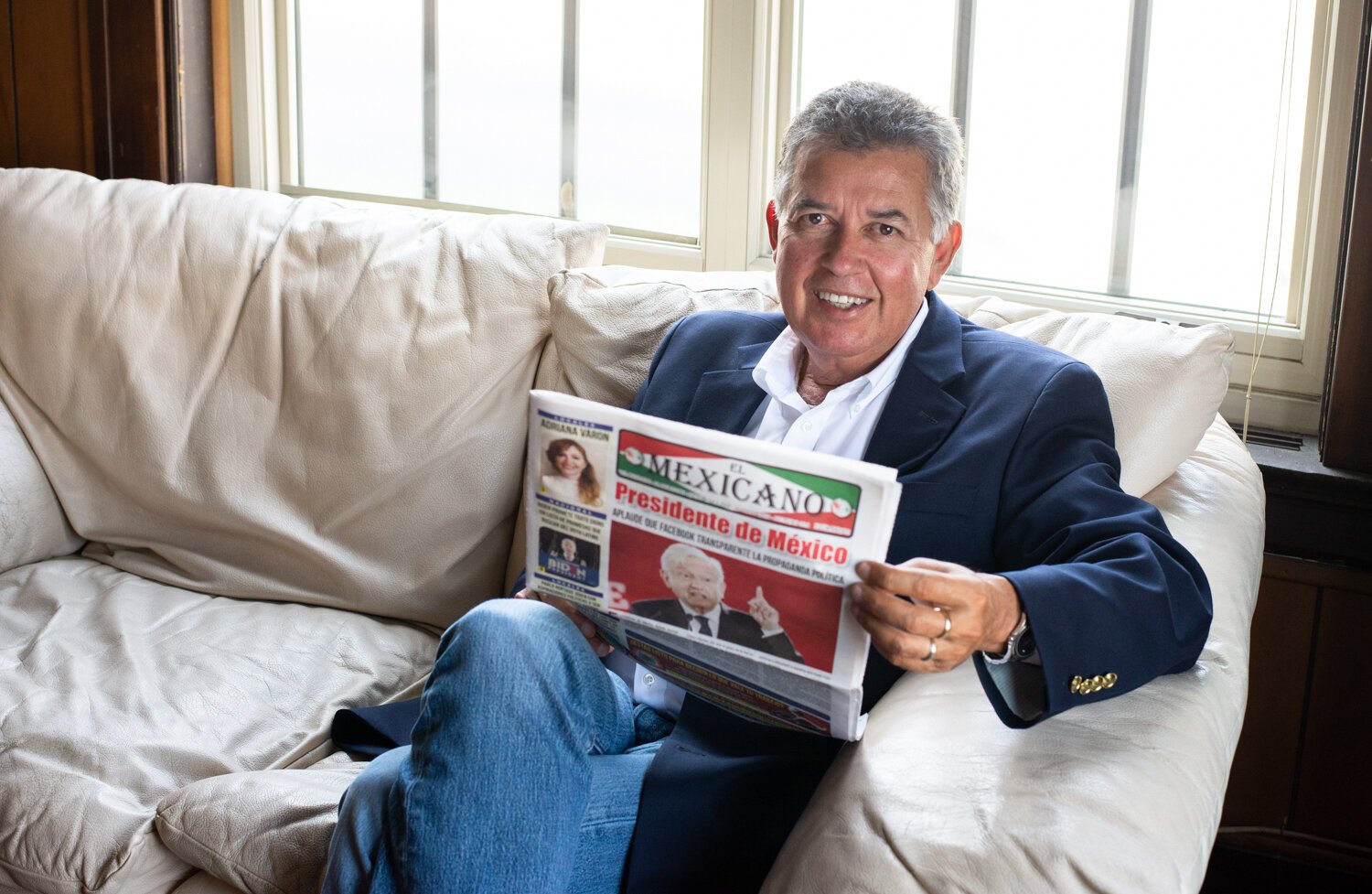
A Mexican-American himself, Zapari says he’s watched the Hispanic community grow closer together through this shared resource over the years. It was actually through the inspiration and encouragement of another media leader in Fort Wayne that El Mexicano came to fruition.
“When I came to Fort Wayne, I was introduced to Frost Illustrated (a local publication catering to the African-American community),” he explains. “I thought to myself, ‘Maybe I could do the same thing, but instead of the Black community, it would serve the Hispanic or Latino people living in our city.’”
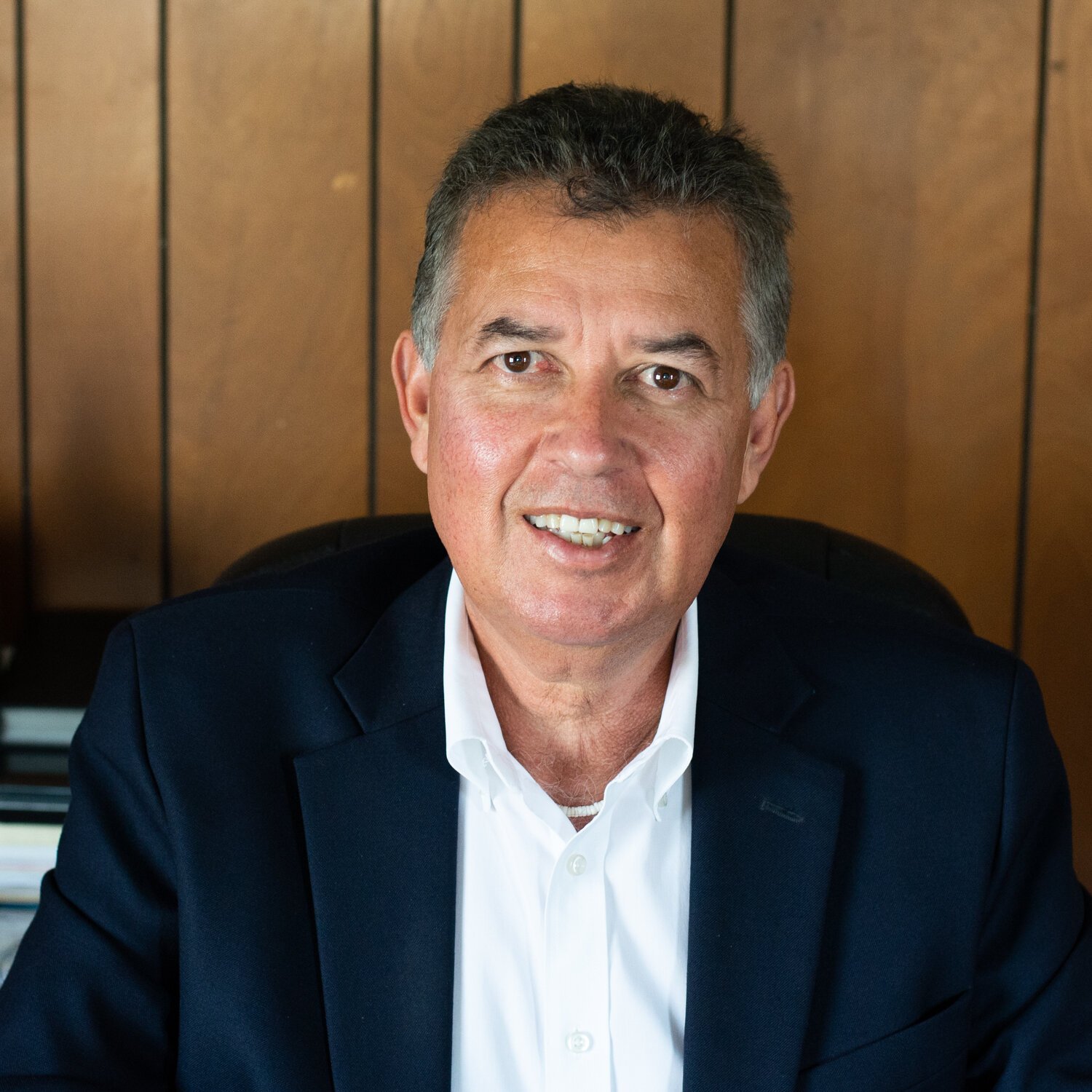
When Zapari met the editor of the now-defunct Frost Illustrated, Michael Patterson, Patterson helped him put together the first edition of El Mexicano News.
“He was instrumental in helping me get started because, at the time there, was no news of any kind in Spanish,” he says. “Nearly 27 years later, we’re still doing this.”
Zapari says while he sees some similarities between Burmese- and Spanish-speakers in the U.S., such as a variety in cultural and ethnic backgrounds and a focus on family life, he feels that Spanish speakers have had an advantage in a lot of ways.
“We represent about 18 percent of the overall population in the U.S,” he says. “That means, if we don’t feel comfortable living here, we can go to cities like San Antonio or Los Angeles, and Spanish is spoken all over there.”
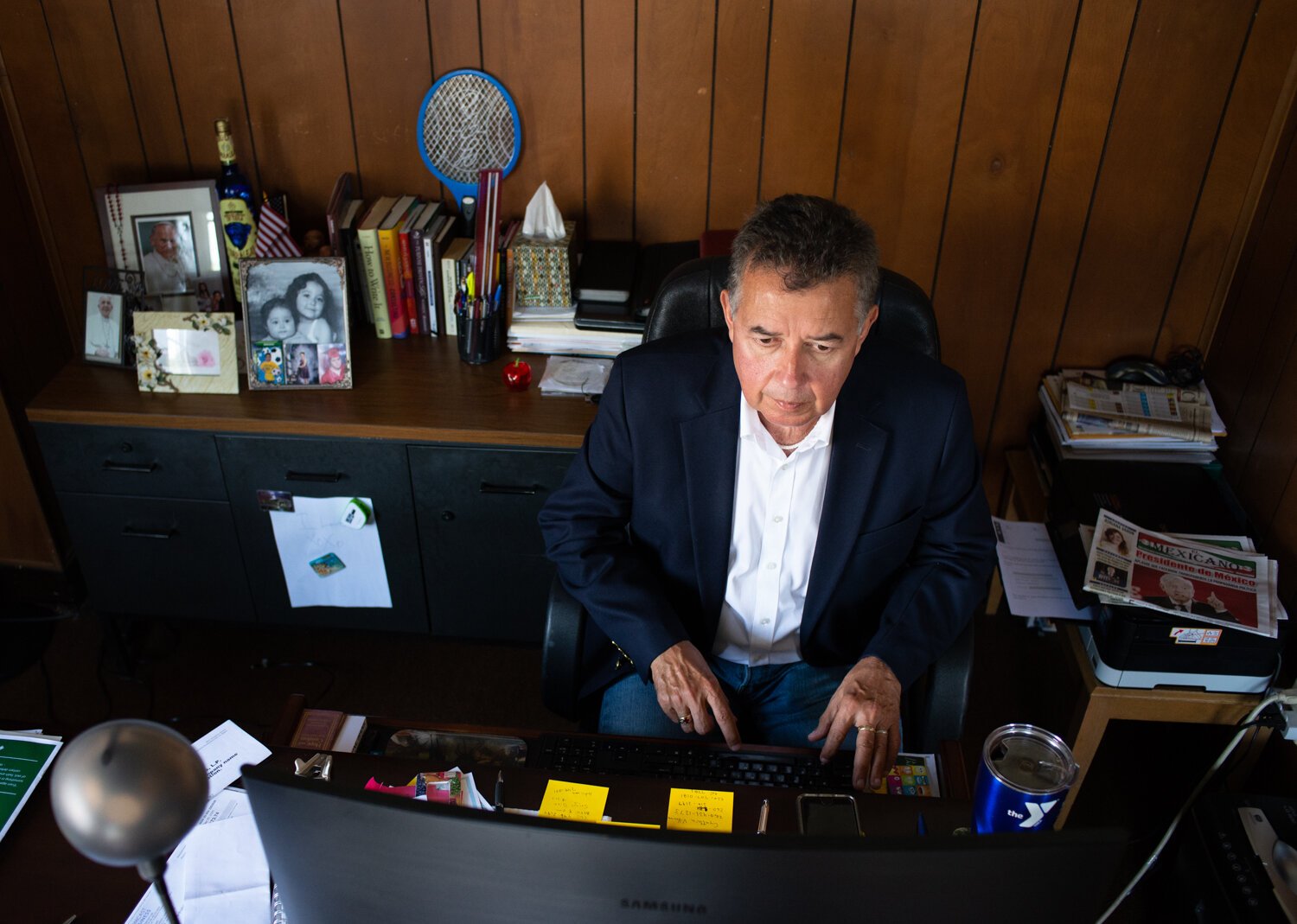
In contrast, Burmese refugees living in Fort Wayne or elsewhere often arrive in crisis situations and only represent a fraction of the national population, so it’s not as easy for them to integrate or assimilate into American culture. Regardless of one’s cultural group or native tongue, Zapari says he’d like to focus on what unites people in Northeast Indiana, not what divides them.
The opportunity to effectively communicate between cultures is the opportunity to create a more welcoming, inclusive place.
“We’re all unique, but at the same time, we’re all the same,” Zapari says.



